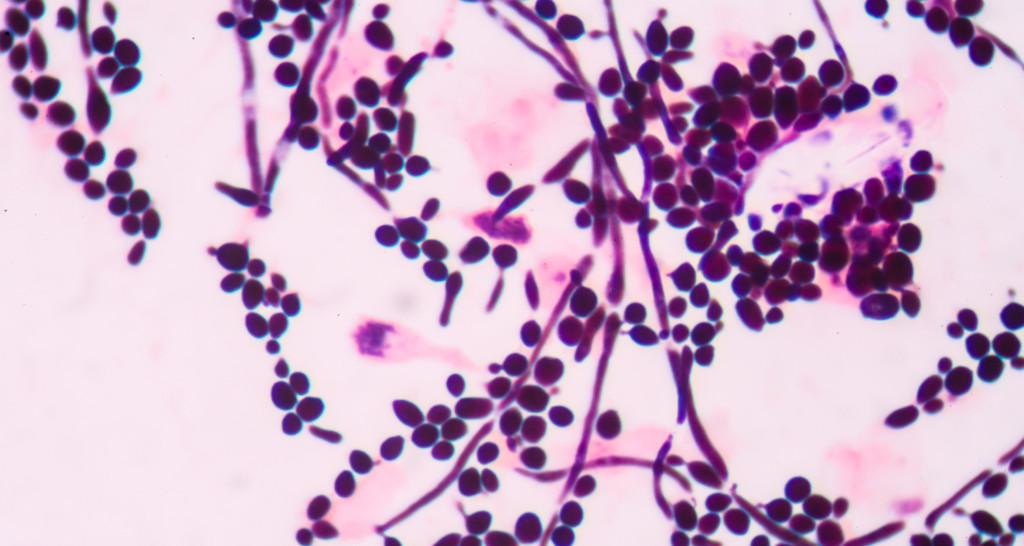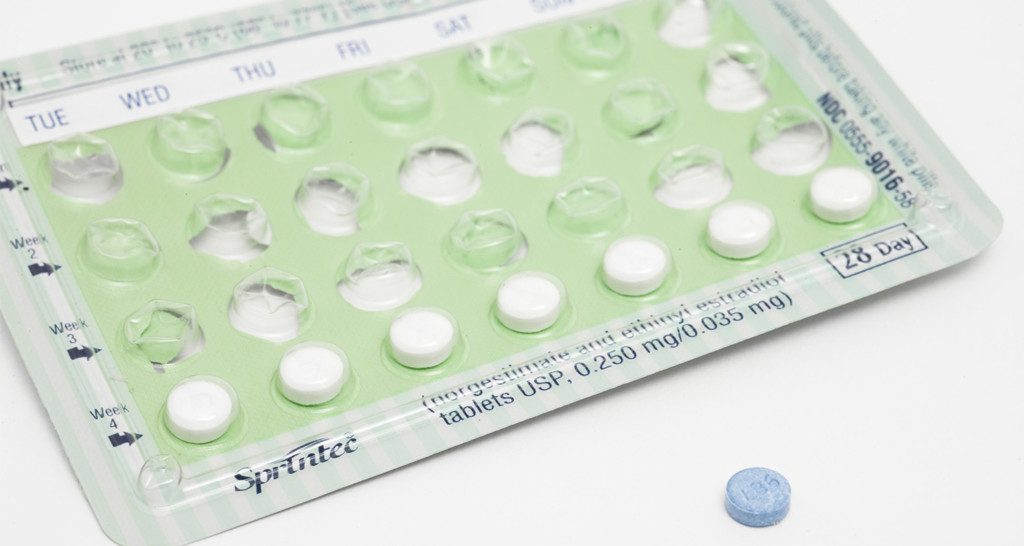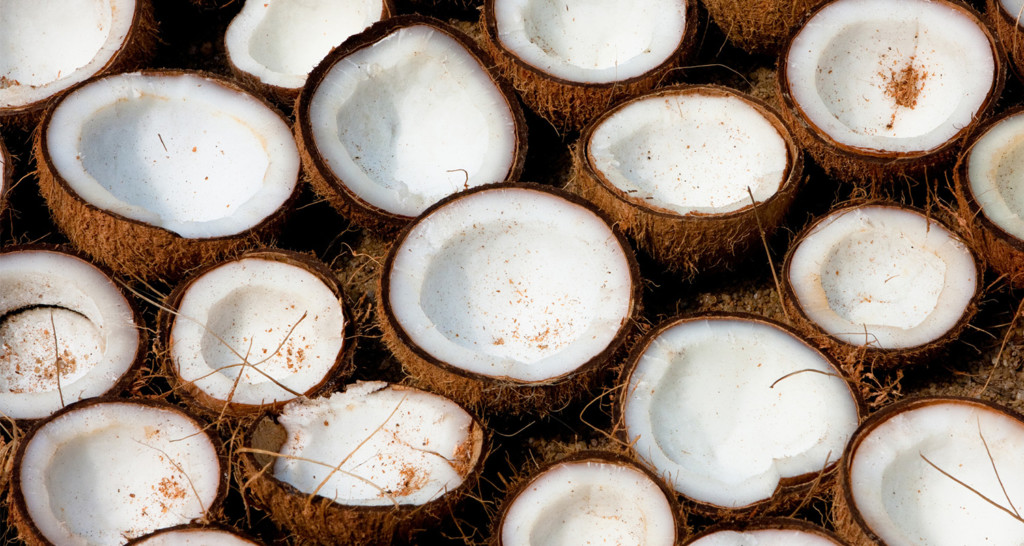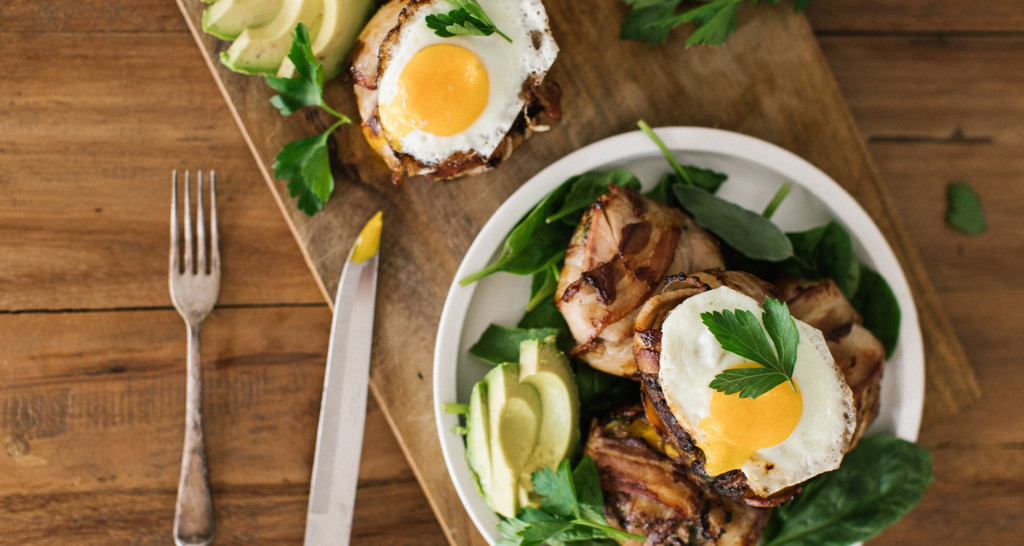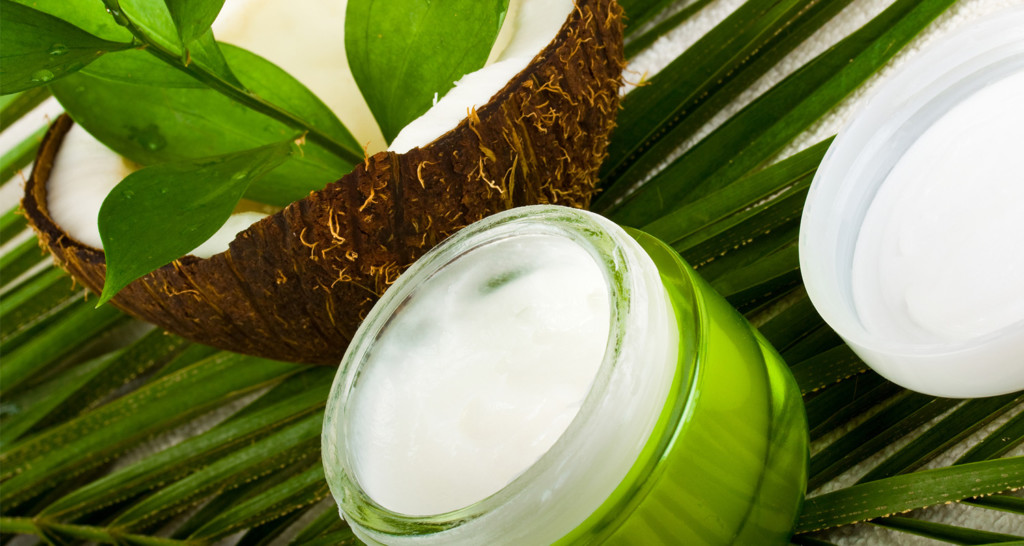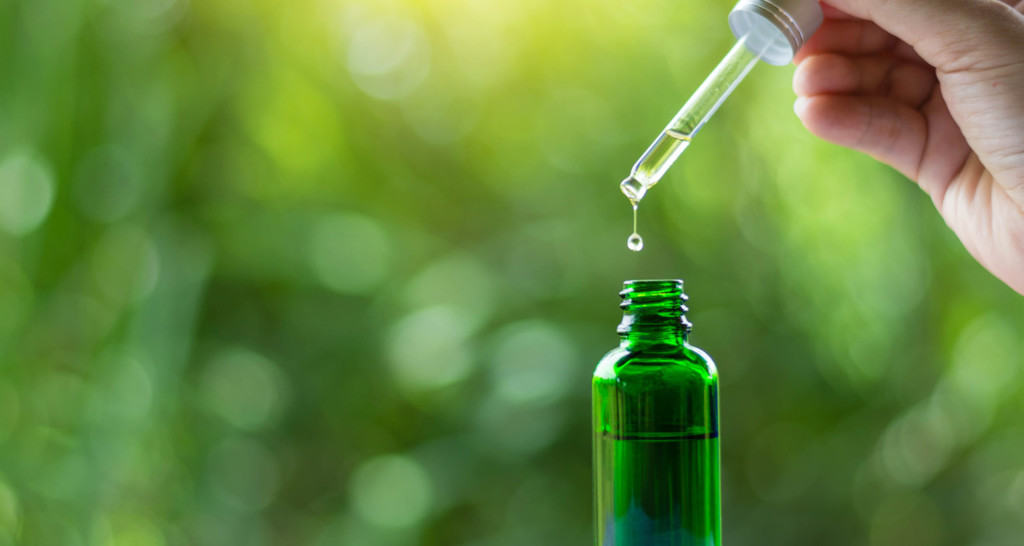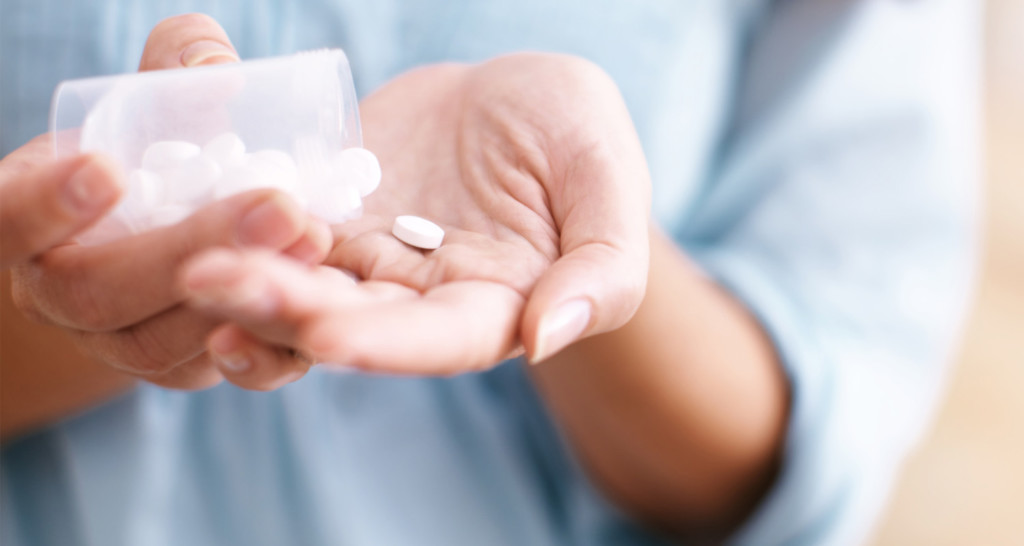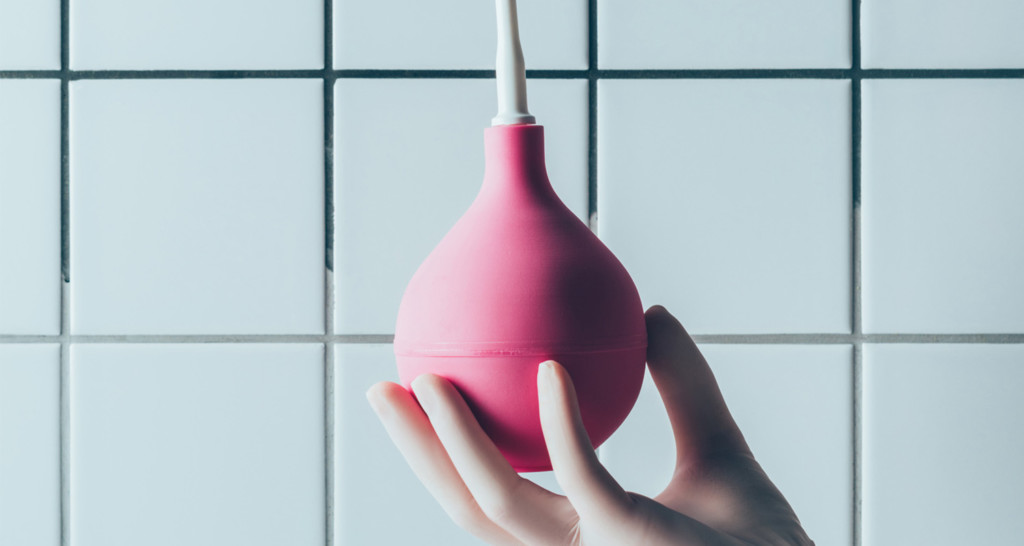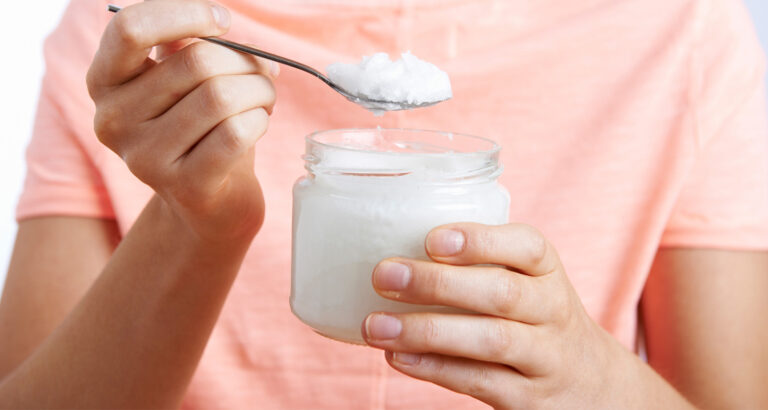
[tldr]
- Too much candida in the genital area can lead to a vaginal yeast infection.
- Symptoms include itching, redness, and white clumpy discharge.
- Stress, poorly controlled blood sugar, an imbalanced gut, and antibiotics can leave people susceptible to overgrowth.
- You can care for your vaginal microbiome similar to your gut microbiome: by cutting down on foods that contribute to yeast growth, such as sugar, refined carbs, and alcohol, and eating gut-friendly foods.
- Other natural remedies for a vaginal yeast infection include yogurt, coconut oil, and tea tree oil.
[tldr]
Most of us have probably given more thought to our gut microbiomes than the microbiome below the belt—that’s the vaginal microbiome, ladies. But this overlooked area is just as worthy of your attention, especially if you’re one of the many women who grapple with the uncomfortable reality of yeast infections. Read on to learn what causes a vaginal yeast infection, how to know if you have one, and the best natural remedies.
What is a yeast infection?
Vaginal yeast infections are an overgrowth of candida in your nether-region. Candida is a fungal species commonly found in the vagina and gut. Sometimes, an imbalance in gut bacteria will allow for candida overgrowth, says Dr. Jolene Brighten, a naturopathic physician and author of “Beyond the Pill”.
“Candida is normally found in the vagina and is in balance with other microorganisms,” Brighten says. But candida is an “opportunistic organism,” she says, meaning that, if given the opportunity, it will grow.
If your candida is balanced, chances are you won’t have issues. In fact, scientists estimate that 20 percent of women have candida in the vagina without any symptoms. But once that microbiome is out of whack, the result can be painful and uncomfortable.
Common vaginal yeast infection symptoms include:
- Itching
- Burning
- Swelling
- Redness
- Cottage-cheese-like discharge
- Pain while peeing
- Painful sex
In extreme cases, a yeast infection can lead to sores and cracks in the wall of the vagina.[ref url=”https://www.cdc.gov/fungal/diseases/candidiasis/genital/index.html”]
Vaginal yeast infection causes
So what causes vaginal candida overgrowth? “Stress, poorly controlled blood sugar—as is the case in diabetes—gut dysbiosis, and medication like antibiotics can leave you susceptible to overgrowth,” Brighten says. “The pill is a common culprit in the development of yeast infections.”
Yeast infections have been linked to high estrogen levels, which is why women who are pregnant or are taking estrogen birth control seem to be prone to yeast infections.
Vaginal yeast infection: 6 natural remedies
While your healthcare provider can point you to prescription and over-the-counter yeast infection treatments, there are some science-backed natural remedies to consider as well.
1. A Microbiome-Friendly Diet
Like your gut microbiome, there’s a link between your vaginal microbiome and what you eat.
“Your gut microbiome is shared with your vaginal microbiome, which is why dietary practices that support a healthy gut also supports your vagina,” Brighten says. “Your diet largely influences microbial growth in your entire digestive tract, vagina, and even skin.”
Just as you can eat your way to a healthier gut microbiome, your eating habits can also influence your vaginal microbiome. Brighten advises her patients to avoid sugar, refined carbohydrates, and alcohol to prevent yeast overgrowth and as part of treatment.
In addition to cutting out obvious food foes, such as sugars, you can cut out other foods that feed yeast growth, such as mushrooms and starches, while filling up on foods that nourish your gut bacteria. The Bulletproof Diet was created with your gut in mind, so following it will help you steer clear of yeast and yeast-spawning ingredients.
2. Probiotics
If candida has an arch nemesis, it’s probably lactobacillus, a type of friendly bacteria that inhibits yeast growth and biofilm production. “While older studies showed no benefit of lactobacillus species and have led some doctors to be dismissive of the use of probiotics, more recent studies have demonstrated mechanisms by which probiotics do inhibit candida overgrowth,” Brighten says. Topical application of lactobacillus to the vagina has long been used by women to fight yeast infections, and research indicates that yogurt mixed with honey in particular may be an effective topical treatment for yeast infections.[ref url=”https://www.ncbi.nlm.nih.gov/pmc/articles/PMC4803919/”][ref url=”https://www.ncbi.nlm.nih.gov/pubmed/22314434″]
3. Coconut oil
Coconut oil continues to live up to its cure-all reputation. Its antimicrobial properties make it a potentially effective topical treatment for yeast overgrowth. One study found it was a more effective anti-fungal treatment than lactobacillus.[ref url=”https://www.hindawi.com/journals/scientifica/2016/7061587/abs/”]
4. Tea tree oil
Tea tree oil is another effective natural anti-fungal treatment. However, you may want to exercise caution before using it on your lady-parts. “It can be helpful in prevention; however, it can also be quite painful to the tissue that is already inflamed and in some cases, can hurt the delicate tissue,” Brighten warns.[ref url=”https://onlinelibrary.wiley.com/doi/abs/10.1002/ptr.5422″]
5. Boric acid
Another treatment option is boric acid, which also has anti-fungal and antiseptic properties that can be used to fight vaginal yeast infections. “Boric acid suppositories are another effective treatment that I use with my patients, especially when treating medication-resistant yeast strains,” Brighten says.
6. Apple cider vinegar baths
While the apple cider vinegar won’t likely be a silver-bullet yeast infection treatment, a vinegar bath can be used as a supplementary treatment or preventative measure to help shift the pH of your vagina to inhibit yeast growth, Brighten says.
Add half a cup to a warm bath and soak for at least 20 minutes.
How Not to Treat a Yeast Infection
Of course, when tending to such a delicate part of your body, it’s important to proceed with caution. And there’s one product that has no business being, well, all up in your business: a douche. “Douching is not recommended by physicians, especially in the case of infection,” Brighten says. “The action of douching can push an infection higher into the genital tract and disrupts the important organisms that protect against yeast overgrowth.”
